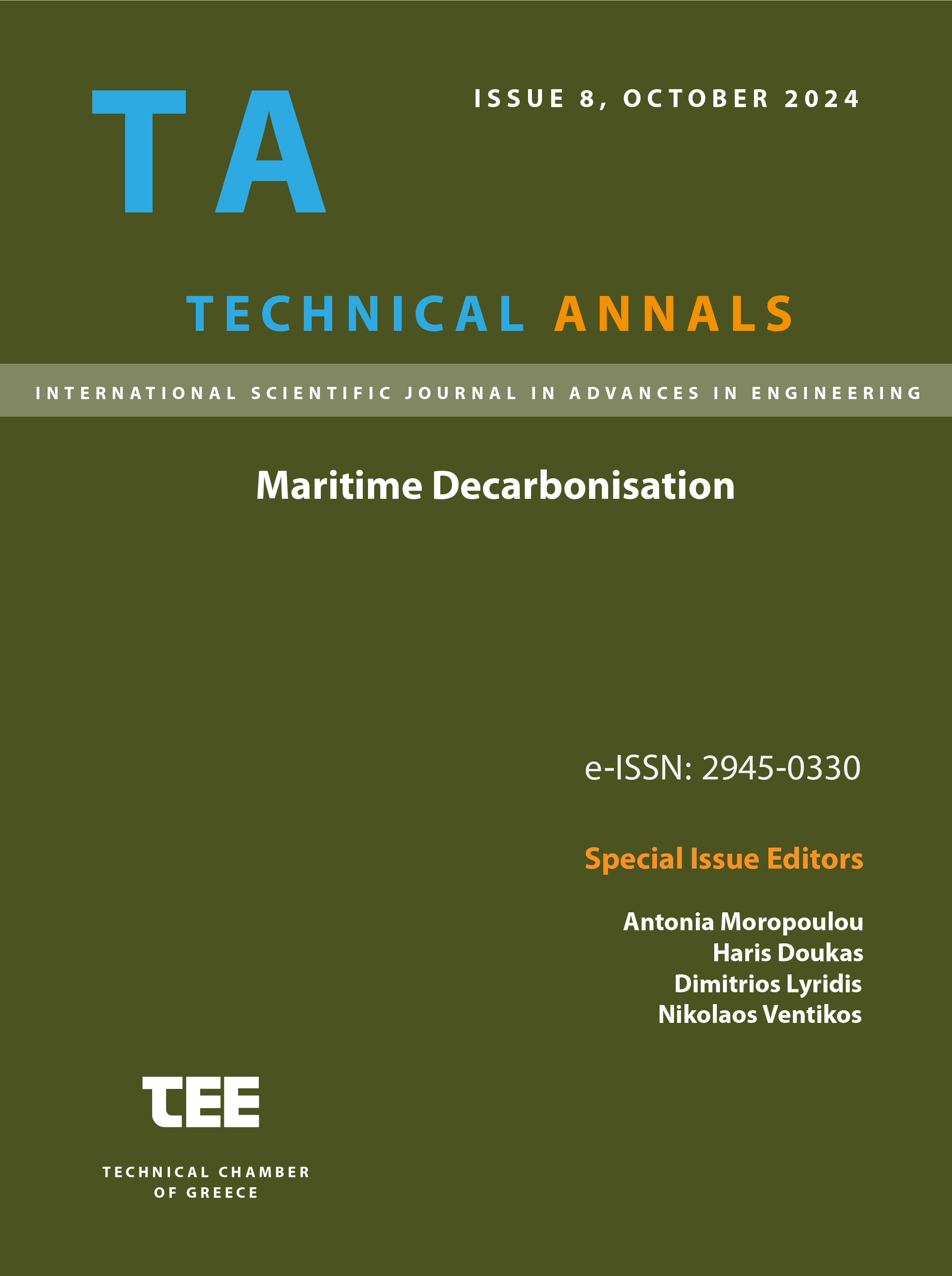Hydrodynamic analysis and use of innovative materials for the design of a scale model traditional pleasure boat

Abstract
This work presents a novel approach that integrates naval architecture and traditional shipbuilding. It is an innovative solution that bridges the two sectors, offering a novel perspective to the traditional shipbuilding industry and, concomitantly, underscoring methods to integrate novel technologies into traditional shipbuilding. This integration of novel technologies into traditional shipbuilding is a crucial step in the broader decarbonization process of shipping. The paper delineates the fundamental design parameters of a traditional yacht. The vessel is distinguished by a “karavoskaro” bow and a “barkalas” stern. Initially, the lines plan of the traditional vessel was mapped in 3D ship design software, followed by the calculation of the basic hydrostatic and hydrodynamic quantities. Subsequently, a three-dimensional model was designed to scale, and a physical prototype of the hull was constructed using three-dimensional printing technology. The latter was then used as a mold for the construction of the glass reinforced polyester hull of the traditional vessel using the hand lay-up technique. The objective of this study is to establish a methodology for integrating traditional shipbuilding expertise with contemporary naval architecture science and technology, with a focus on the blue economy and the decarbonization of shipping. The integration of traditional shipbuilding art, a cornerstone of the development of the Greek maritime state, which has evolved and persisted throughout the ages, with innovative technologies, holds the potential to serve as a crucial mechanism in the establishment of a lightweight fleet that aligns with the demands of sustainable, decarbonized maritime transportation within the Greek maritime domain.
Article Details
- How to Cite
-
Apostolou, V., Mazarakos, T., & Dimitrellou, S. (2024). Hydrodynamic analysis and use of innovative materials for the design of a scale model traditional pleasure boat. Technical Annals, 1(8). https://doi.org/10.12681/ta.40727
- Section
- Naval Coastal and Maritime Design Engineering and Planning

This work is licensed under a Creative Commons Attribution-NonCommercial-ShareAlike 4.0 International License.


